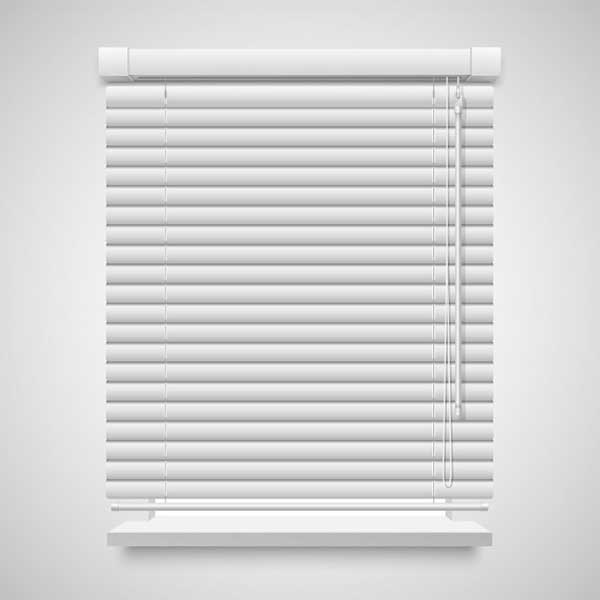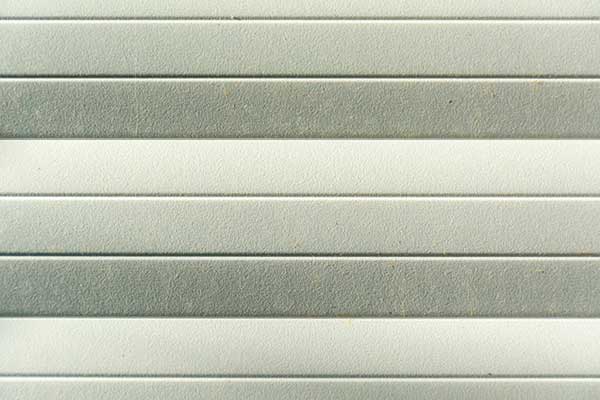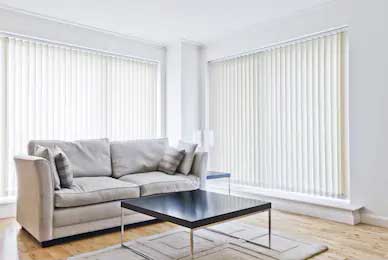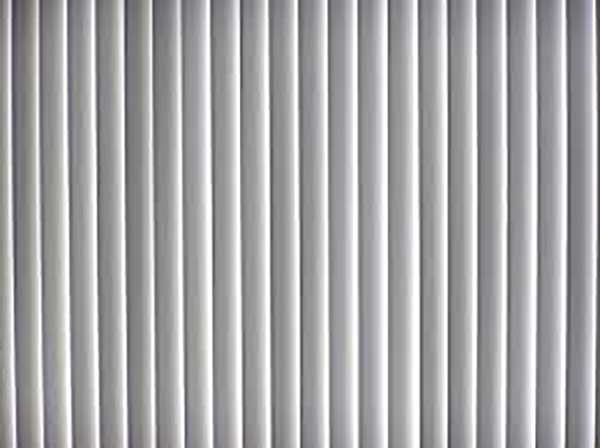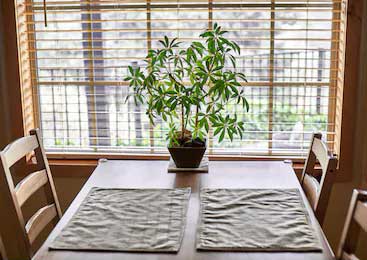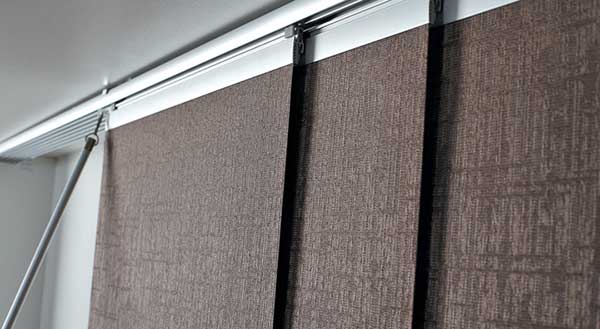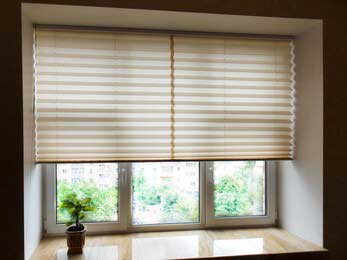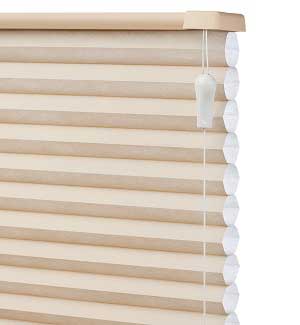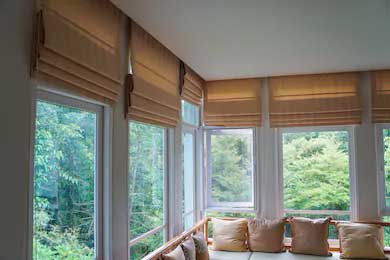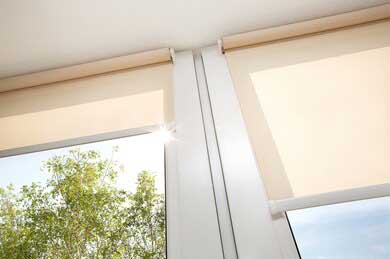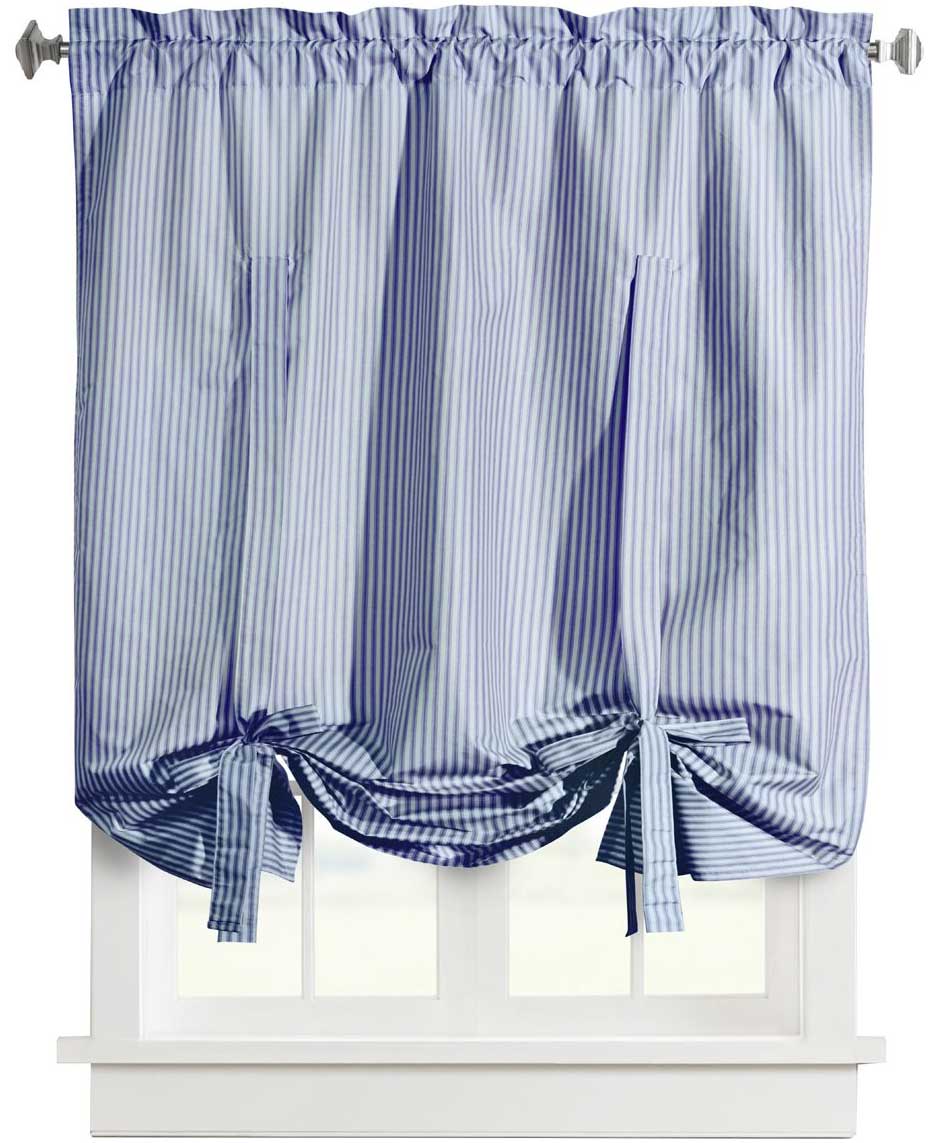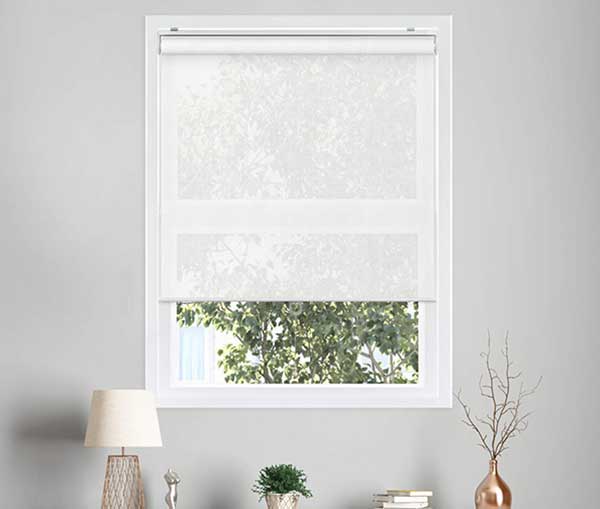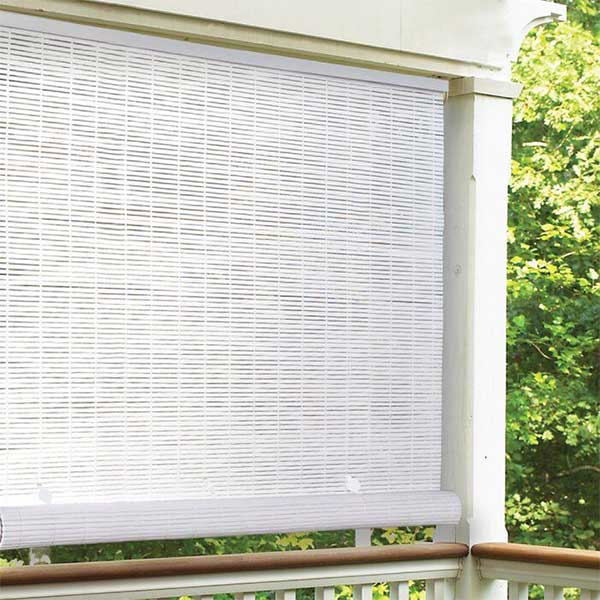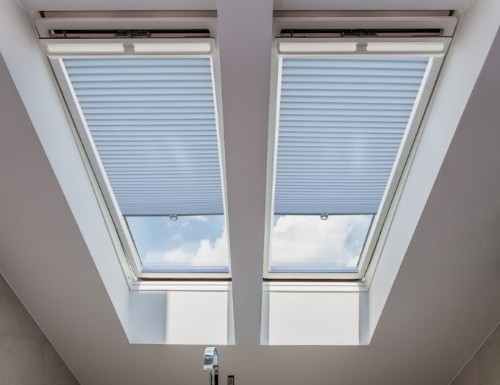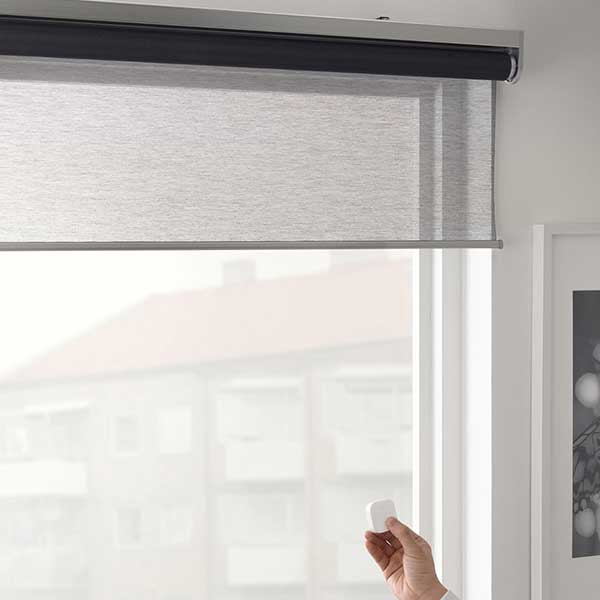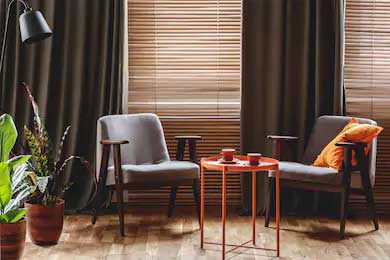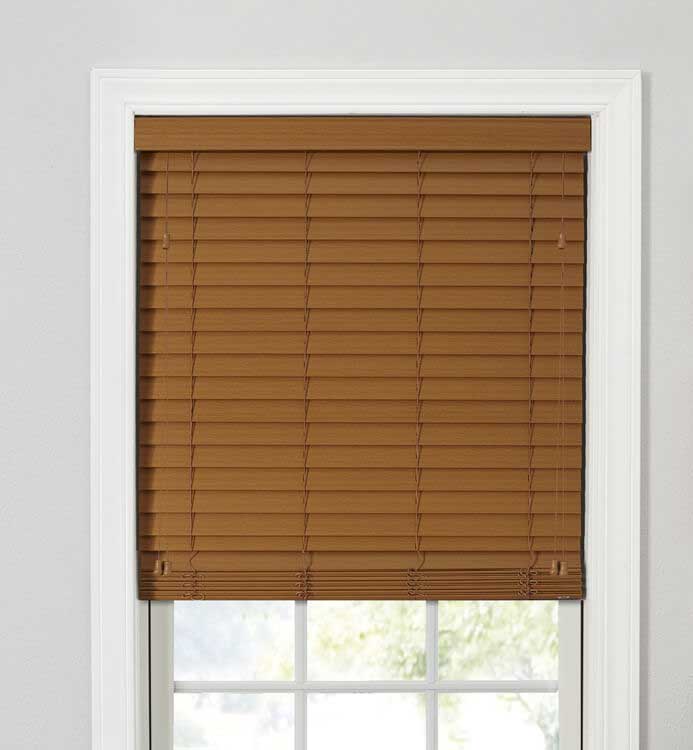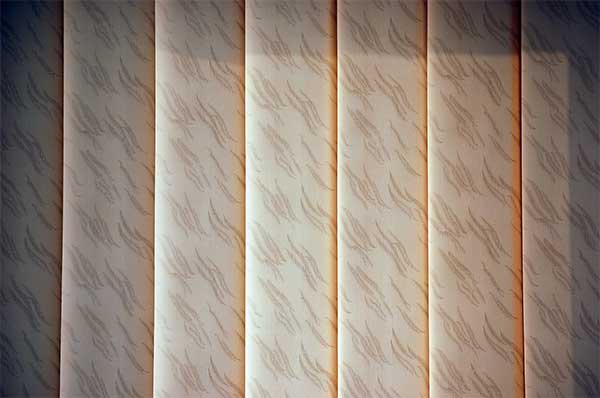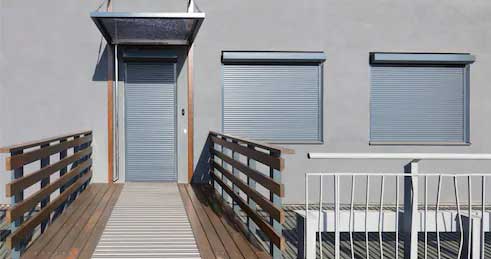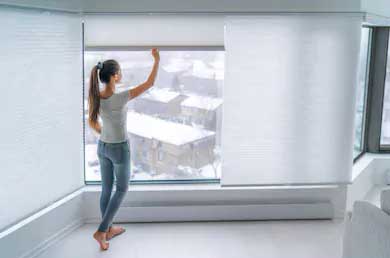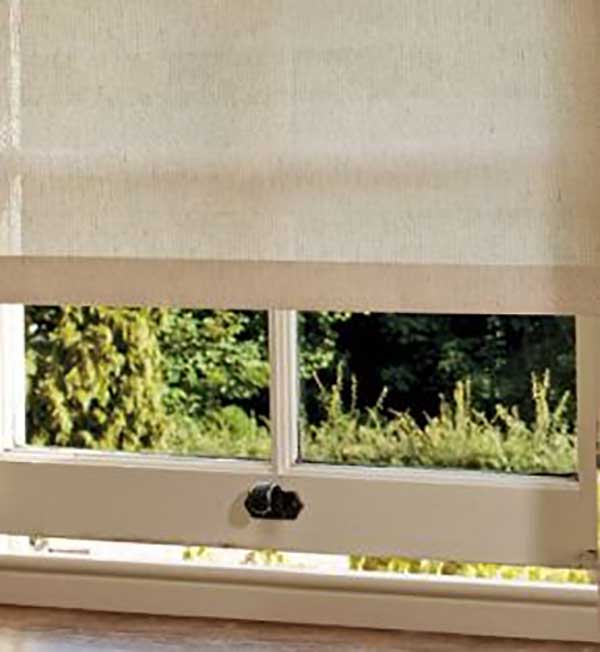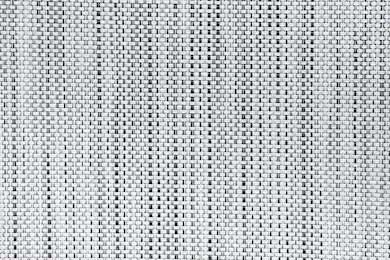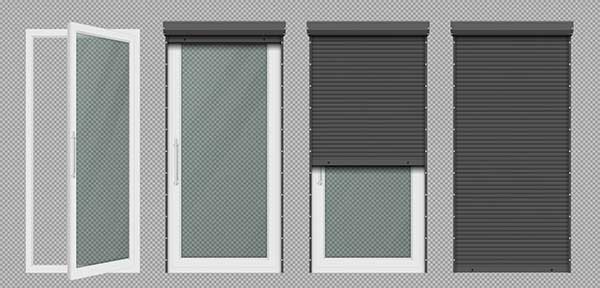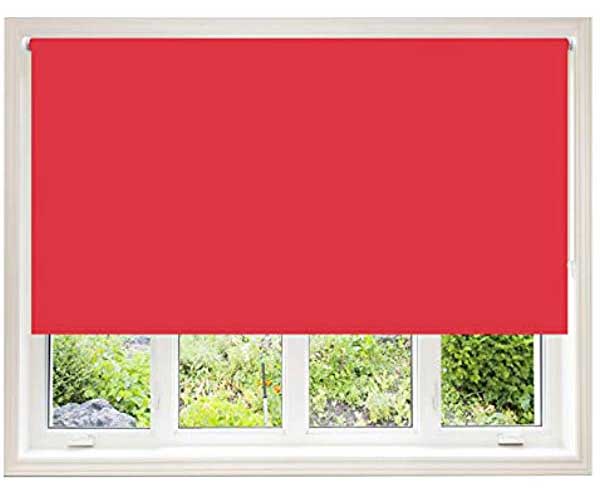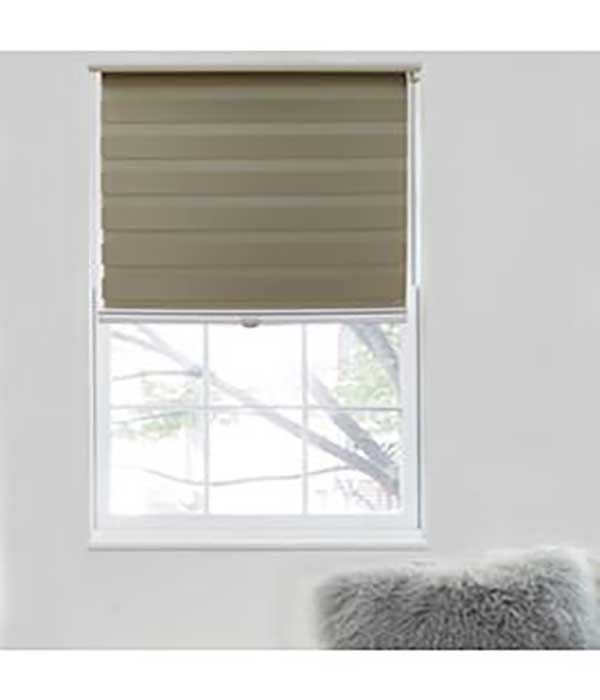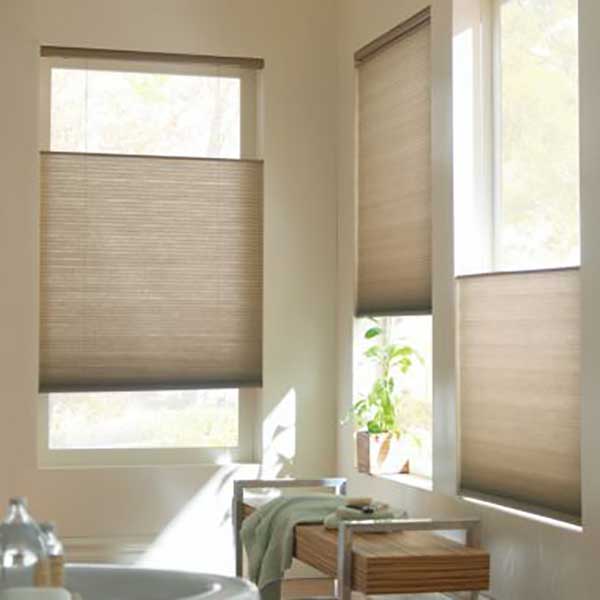Sep 05, 2020 | 12 min read
Complete guide on Blinds and Shades
1. Quickread
Blinds are extremely functional and can look fantastic. They’re a bit difficult to clean, but the benefits are greater than the cleaning problem. The next question is, what kind of blind do you want? We will help with our awesome blind purchase guide below.
2. Understanding the Different Treatment Window
Most frequently than not, blinds and curtains are referred to as blinds. Although all the various types of blinds and shades have the same basic purpose, there is a profound distinction between them. Now, let’s make sure we understand what makes them different before we go any further.
Blinds
Blinds are available in several styles, fabrics, and sizes. All the blinds have individual slats that adjust up and down. Blinds will also turn from side to side, helping you to monitor the amount of light entering the room.
On certain blinds, the cord on one side of the blinds helps you to move the blinds up and down. The rod on the other side of the blinds guides the tilting of the blinds, allowing you to open or close the slats.
Shades
Shades are also available in other forms, colors and sizes. Unlike blinds, they’re composed of one sheet of material instead of multiple slats. They can be adjusted up and down for this purpose, but not side to side.
3. Various types of blinds
Vertical Blinds
Vertical blinds have individual slats running along a track at the top of the blind. Depending on the style, vertical blinds are either opened from side to side or split in the middle. These blinds are the most common option for patio doors and floor to ceiling windows. However, to maintain their appearance and functionality, regular maintenance is key. Hiring a service specializing in quality window cleaning ensures that both the blinds and windows remain spotless and in excellent condition. But they can still be used over smaller windows.
Venetian blinds
Venetian blinds are the most common style of blinds. These feature horizontal slats attached to strings or strips of cloth known as tapes. When the Venetian blinds are raised, the bottom slat is pushed against the slat above it.
Mini blinds
Mini blinds are somewhat similar to Venetian blinds in use. But the slats are smaller in width than the traditional Venetian blinds. Typically the slats are around 1 “thick.
Panel Blinds
Panel blinds are a variant of vertical blinds, the key difference being that panel blinds have much larger slats running along their track — usually two to three times larger than typical vertical blinds. For patio doors and very wide windows, these are another good option. The extra slat width makes panel blinds look more elegant and less corporate than vertical blinds, especially as they are much less common than standard vertical blinds.
Pleated shades
Going somewhat away from the styles of blinds that are technically “blind,” pleated shades are somewhat similar to Venetian blinds, being made of a piece of cloth that can turn into plates by drawing a threaded cord from either side of it. This allows the shade to be lifted or lowered in the same way as operating Venetian blinds by pulling a cord that pulls up the cloth. Pleated shades have a cleaner look than conventional horizontal blinds because they lack the sharp right angles of the slats and since there are no gaps in the material, they can provide more coverage of the window. Usually made of linen or durable material, pleated shades can help minimize energy consumption in summer by using light colors that will redirect heat away from the window and result in energy cost savings.
Cellular shades
Cellular shades appear similar to pleated shades and are made of similar materials as well. Cellular shades, however, are composed of two separate pieces of material, unlike a pleated shade. In the middle, the front and back sections of the cellular shades are open, creating a pocket that provides insulation. Cellular shades are available in a wide variety of cell sizes tailored to suit various window needs. Such shades are an ideal way to keep your home cool in the summer and warm in the winter. Also, cellular shades provide sound insulation.
Roman shades
Roman shades are a very conventional covering of windows consisting of fabric or materials such as jute or seagrass. There are many different types of Roman shades available, but they all have one thing in common: It folds into itself when a Roman shade is lifted, similar to how a Venetian blind works. Because a roman shade’s fabric begins to fold into itself, it can build quite a big stack of fabric at the top of the window when it’s completely lifted. So, while Roman shades give a stunning and timeless appearance, when lifted, they do eliminate a portion of your window’s viewable area.
Roller shades
Roller shades are among the most common styles of window blinds. Roller shades are available in various types, made of natural or synthetic materials and they’re just as they sound like: rolling up or down from the top to let the sun in or block it out! The more inexpensive roller shades are installed with all the hardware exposed to the top of the screen, while the more sophisticated alternatives include buttons or other methods to cover the moving parts and keep the window display appearing very smooth and almost transparent. Like with other blinds on this series, there are roller shades with additional features such as thermal or blackout linings.
Tie-up shades
Tie-up shades are something of a cross between a shade and a curtain. Tie-up shades are available in a wide variety of colors. These shades are made from a piece of fabric that features ties that stretch beyond the shade’s edge. By rolling it up, you will raise the cover, and then lock the cover in place. This shade style gives a relaxed or country-like look that combines effortlessly with other decor types.
Solar shades
If your main concern is to minimize the amount of overt sunshine, haze, and heat coming in through your windows, sun shades are a less intense twist on roller shades, which could suit your needs exactly. Instead of being a rigid cloth, solar shades are made of transparent material — similar to a silkscreen — which will do the same for your living room as sunglasses do for your eyes on a sunny day — you’ll still be able to see from the curtains, but the blinding afternoon sunshine won’t spoil anybody’s vision of the TV or reflect on anyone’s skin.
Outdoor shades
Outdoor shades are typically made of high duty fabrics and are weather tolerant. On patios and decks, the exterior shades are used to minimize the amount of sun exposure and heat reaching the area. Solar outdoor shades are particularly popular.
Skylight shades
Skylight shades are offered in a wide range of types including roller, pleated and cellular. Such shades are built to cover hard to reach skylights. Due to its insulating properties, cellular shades are particularly common for skylights. The shades of the skylight usually feature a largely removable rod used to raise, lower, or adjust the shade. Often colors of skylight are lifted or lowered with a handle instead of a pin. Automatic models are available, too.
Smart blinds
They may still look like something out of a science fiction book, but thanks to smart home technologies, smart blinds are becoming ever more popular. Smart blinds and curtains, as well as modern, high tech models, are available in several traditional styles.
Smart blinds are compatible with a mobile program, which can be operated individually or in groups. Also, they can be configured to open and close during the day at some stages. Not only are smart blinds some of the market’s most visually pleasing, but they can also help you save on energy costs.
There are still smart controllers available if you are interested in smart blinds but don’t want to fork out the cash to retrofit your house with them. Such remote devices provide you with the same form of smart technology that precious smart blinds use to match your current blinds.
4. Blinds materials
Blinds and shades are not only available in a wide variety of various styles, but there is also a wide range of fabrics that can be made from. Based on the room in which the window coverings are mounted and on your personal taste, the material from which the window coverings are made would obviously be important to you.
Wood
For most applications, Wood blinds are a popular choice. These deliver the wood’s natural beauty and comfort and are available in many different textures, wood styles and colors. Wood blinds are a good choice for most spaces in the home but they aren’t the perfect option in spaces or places where heat and humidity are a problem. Since wood is a natural material that can expand and compress over time, wooden blinds are susceptible to warp, detach, crack, or fall.
Faux wood
Faux wooden blinds offer the same stunning look like wood. These are however made of composite materials, making faux wood blinds more affordable than wood blinds. They are not made of natural wood and can be used in areas and rooms with higher humidity, such as bathrooms. Since wood blinds are so sturdy and inexpensive they are a very common alternative for any use.
Plastic
Plastic blinds are the most cost-effective of all materials. These are available in several different styles and colors. These are well suited for all uses but do not have the same luxury look you see in other materials like wood. Since these blinds are made of thin materials, they’re likely to get damaged over time.
Metal
Metal blinds have a similar look to plastic blinds and are available in much wider finishes. These are moisture tolerant which makes them an outstanding alternative for bathrooms and humid environments.
Metal blinds often come in various gauges. The narrower the scale, the heavier the slats are and the longer they last. Because these blinds are made of metal, they tend to be the noisiest variety on the market which can bother some people.
Paper
For several different decor types paper shades are a common and economical alternative. Paper shades are used most commonly in pleated shades. Paper shades are typically of solid color, but often they show lovely decorative motifs, drawings, or sculptures. Graphic shades are especially common in Asia and can make a stunning and special addition to your home.
Natural fabrics
Natural fabrics are common materials used to create shades. However, the emergence of various synthetic materials has reduced its market share significantly. The most popular materials you can see used are cotton, jute, and seagrass. Typically such fabrics are available as tie-up, roller, or Roman shades. Natural fabric shades are relatively easy to clean and durable. They are not, though, immune to fading, and over time they will take quite a beating out of the sun’s UV rays.
Synthetic fabrics
Synthetic fabrics are the most common materials used to manufacture other types of shades, such as tie-up, roller, or Roman. Like natural materials, they are sturdy and easy to scrub. But synthetic fabrics are typically particularly resistant to fade and continue to preserve their appeal for longer than natural fabric colors.
5. Production method
How a blind or shade is produced is likely to be a major consideration for you as you search for the perfect window cover. Depending on your budget and the amount of time you have, you would need to pick between made-to-measure and ready-made choices for your window covers.
Readily designed
Readily designed blinds and shades are available in the most common window sizes. Typically, the consumer may change them to have a more personalized match for their windows. Readily designed blinds are a lot cheaper and, in most situations, the shop will produce them the very day you order them.
Usually, these blinds are installed by the customer at home.
While readily designed blinds offer a relatively wide variety of choices and designs, you won’t be able to completely tailor the look of your window treatments the way you would with blinds or shades designed to match.
Custom made blinds
Custom made blinds are specially designed by the maker for the consumer. Customers can configure every single component of their window, including color, finish, material, hardware design, and additional features. There are many different benefits of choosing custom window covers.
Custom made blinds solutions are ideally tailored to consumers searching for the right solution for their house, without sacrifices you would normally be required to make for ready-built products. They are also the perfect option for homes with strangely formed windows that are not readily available in ready-made sizes.
Depending on the level of customization you want, it may take a week or more for the manufacturer to manufacture custom made blinds. As soon as the manufacturer delivers the blinds, they are usually installed by the manufacturer or by a trained professional. As you would have expected, custom made blinds and shades are significantly more costly than ready-made types.
6. Blinds Features
All blinds and shades serve the purpose of providing privacy and limiting the amount of natural light entering the room. But some window covers have additional features that add to their versatility and usefulness.
Blackout
One of the most common additional features of a variety of shades is blackout cloth. With this cloth, the outside light is almost absolutely obscured by the shadow. This feature is a common addition to the shades used in bedrooms, as well as in rooms where privacy is important.
Thermal
Another common attribute you’ll see in several shades is thermal fabric or thermal insulation pockets. Typically, the thermal fabric is sewn on the back of the decorative cloth. In certain situations, inside the blinds, there is a thermal insulation or foam-like substance. This extra layer helps to insulate the air, which helps keep the space cool in the summer and warm in the winter.
Sheer
Sheer fabrics may be applied to the shades to offer an extra degree of versatility for the label. Sheer shades have the same function as other shades, except they feature slats like blinds, which can be adjusted to increase or decrease the amount of light entering the room. Sheer shades provide a relaxed look in shades while offering an extra degree in versatility that is usually reserved for blinds.
Cordless
This feature is particularly popular in small children’s homes because there is no cord for children to break or hurt themselves. With cordless blinds and shades, the cord is completely removed, allowing the window cover to be adjusted to the touch of your hand, as opposed to the cord. After cutting the string, the blinds are also much easier to work. And let’s be honest, does anybody even know how to make the cords work properly?
Top down bottom up
Adding top down bottom up functionality is a great way to add visual interest and increase the versatility of your shades. These systems can be raised or lowered from the top, as well as from the bottom, which gives the customer even more control and privacy options. Top down bottom up shades are especially helpful in rooms with multiple windows, as they can be individually modified to create unique and visually pleasing settings, as seen in the picture below.
Considering the fact that top-down, bottom-up shades have a more complicated nature, they are actually extremely easy to mount and manage. Most types of top-down shades may be mounted without a single screw.
7. Operation
Thanks to the wonders of technology , a new consideration has been introduced for you. Blinds and shades are now available in their traditional configuration, as well as in automatic versions.
Manual
Manual blinds and shades are set by hand. Traditionally, a rope on one side of the blinds or shades controls the height of the blinds. Pulling the cord can allow the blinds to be raised or lowered. For blinds, the bar on the opposite side of the controls allows you to adjust the direction of the slats and determine how much light will reach the room.
Automatic
New automated devices add a bit of elegance and coolness to your blinds or shutters. For these setups, a concealed motor is mounted to the top of the blinds or shades which can be controlled by remote control. These systems come at a price and are considerably more expensive than manual varieties. Check out this video for the automatic blinds feature in practice. If you’re looking to enhance your home further, you might also want to learn how to install outdoor shutters on hinges.
8. Where to Buy
Now that you’re armed with all the information you need to choose the perfect blinds or shades for your home, let’s take a look at some retailers specializing in window covers.
Ready-made
Whether you’re interested in ready-made blinds, you can find them almost anywhere. Big box stores including Target and Costco sell a range of different styles of blinds and shades. Home improvement stores also have available blinds and shades, and they tend to have a wider range of styles available.
There are also plenty of brick and mortar stores and online specialty stores with an even wider range of choices and styles available.
Custom made
If your requirements call for a more tailored approach, and you’ve chosen to take a personalized path, you may want to think where to search more carefully. There’s a good chance that there are a lot of custom blinds and shade stores in your city. These stores can guide you through the entire process of selecting your window covers and options. They can handle all your installation needs.
There is a much broader range of online stores that can match your unique portal to suit your needs. But keep in mind that you will probably need to arrange the installation yourself with these services once you have received your order.
9. Additional considerations
Price
Because there are so many different blinds and shades available, there is also a relatively large variety of prices. There are several considerations involved in deciding the quality of window coverings. These factors include things like the style, the material, and any additional features the window covers have.
Another major factor in determining the price of window covers is how they operate. Manual blinds and shades are significantly cheaper than fully automatic systems.
The final price factor is the installation of blinds. Blinds that are ready made and available off the shelf are considerably cheaper than blinds that are custom made for your home.
Be extra cautious
The adage measure twice, cut once is especially important when it comes to blinds, especially if you are going to handle the installation on your own or if you are shopping online for custom blinds.
For ready-made blinds, you ‘re going to want to measure them exactly, and you’ll be able to get a finished look until your window covers have been installed.
When you’re buying custom online, measurements are maybe even more relevant. As the maker must build the window covers with the exact dimensions you have, precision will be the secret to ensuring that the home suits perfectly.
Style
With so many different styles of window coverings available, you’ll have no trouble finding the blind styles that will fit better in your house. But if you’re feeling a little overwhelmed by the different options as you’re searching for new window coverings, check out these tips on interior design, or find some inspiration on Pinterest.
